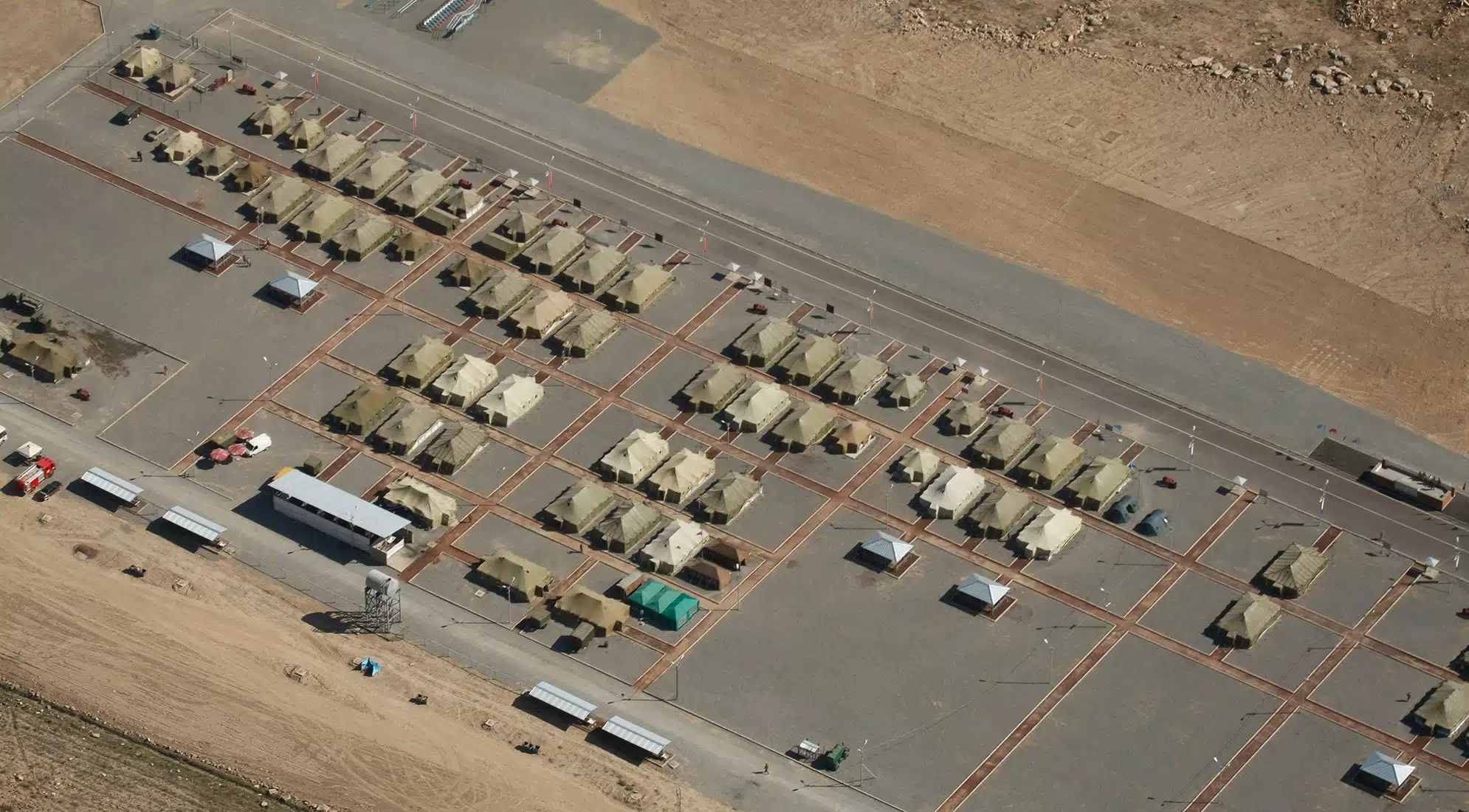With government standards changing and public sentiment and expectations evolving, organizations across North America are proactively implementing measures to build and operate in more environmentally friendly ways. Such measures include building with low embodied carbon materials and reusing materials to avoid shipping them to the landfill or burning them in the incinerator. Leaders are also considering ways to incentivize carpooling and commuting by public transit or electric vehicles and ways to disincentivize single-passenger commuting. Another way organizations are going green is by embracing energy efficiency.
The first step toward more sustainable and efficient energy use is to understand one’s current energy use. To set that baseline, many organizations conduct condition assessments, most commonly the ASHRAE Level 1 Energy Assessment. Let’s take a look at what makes this condition assessment a popular choice for measuring energy efficiency, how it’s conducted and the outcomes it produces.
What is ASHRAE?
ASHRAE stands for the American Society of Heating, Refrigerating and Air-Conditioning Engineers. Founded in 1894, this global not-for-profit group is dedicated to serving humanity “by advancing the arts and sciences of heating, ventilation, air conditioning, refrigeration and their allied fields.” With over 50,000 members from more than 132 countries, ASHRAE is shaping tomorrow’s built environment today through research, publishing, education and standards writing.
Among the standards ASHRAE authors are those regarding energy use.
The ASHRAE Level 1 Energy Assessment
An ASHRAE Level 1 Energy Assessment is a special condition assessment intended to find opportunities for energy savings, help organizations understand their regular energy consumption and demonstrate the energy performance of a single facility. A Level 1 Energy Assessment will also identify where a more detailed audit is required.
What to Expect During the Assessment
An ASHRAE Level 1 audit typically includes:
- A building walk-through
- Interviews with maintenance workers and other building staff
- A review of the last three years of utility bills
- High-level overview of facility configuration and energy systems
- A preliminary benchmark of energy use
The Energy Use Benchmark
Using a building’s energy use and costs, the Level 1 Energy Assessment will determine an annual Energy Utilization Index (EUI) and an Energy Cost Index (ECI). Expressed in British Thermal Units, the EUI quantifies total energy consumption per square foot. These standards enable organizations to compare their energy performance to buildings of similar age, size and location. It provides a context within stakeholders can make informed decisions.
The Post-Assessment Report
The data captured in an ASHRAE Level 1 Energy Assessment is used to produce a report that documents:
- Low-cost and no-cost energy conservation measures
- A summation of utility use
- Potential capital improvements for leadership’s consideration
- Recommendations for energy cost reduction measures with preliminary cost estimates and rates of return
Strategic Benefits of a Level 1 Energy Assessment
Beyond investigating glaring energy efficiency issues, an ASHRAE Level 1 Energy Assessment can be a strategic tool for organizations of all sizes. Establishing a baseline of energy use helps:
- Compare energy performance against ASHRAE standards and similar facilities
- Identify areas for detailed analysis and immediate improvement
- Develop a source of truth regarding energy use and potential cost savings
- Create a foundation for a holistic energy strategy
Like a Facilities Condition Index (FCI), the Energy Utilization Index and the Energy Cost Index give organizations objective metrics to strive for, helping steer financial investments.
Conducting a Level 1 Energy Assessment
These condition assessments can be completed by a licensed engineer or a certified ASHRAE Building Energy Assessment Professional (BEAP). While narrowing the list of qualified assessors to these two categories appears strict on the surface, this limitation ensures quality data capture.
Gordian offers ASHRAE Level 1 Energy Assessments as an add-on service to our condition assessment solutions. With our experienced assessors already on site evaluating their building systems and components, many of our customers find it useful and convenient to have their energy use assessed as well. While not a by-the-book ASHRAE Level 1 Energy Assessment, a similar assessment Gordian conducted for Ohio’s Lorain County Community College resulted in identifying and closing a significant infrastructure investment gap that has paid for itself by saving the college more than $200,000 per year.
The First Step on the Journey to Sustainability
An ASHRAE Level 1 Energy Assessment is a roadmap to a more efficient and sustainable future for an organization’s facilities. It empowers facility managers and institutional leaders to make informed decisions that can lead to significant energy and cost savings. By adopting ASHRAE’s standards and starting with a Level 1 audit, facilities leaders set the stage for a journey toward more energy-conscious and cost-effective operations.







